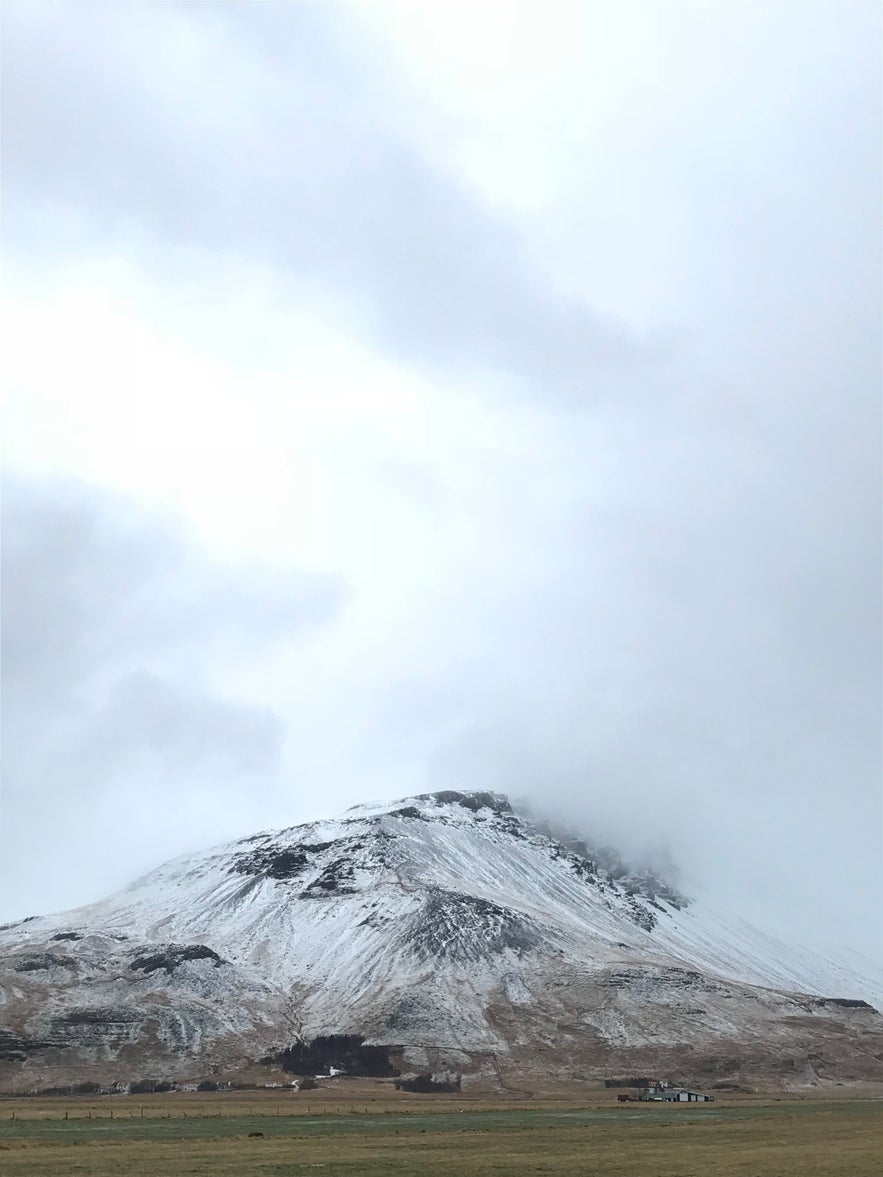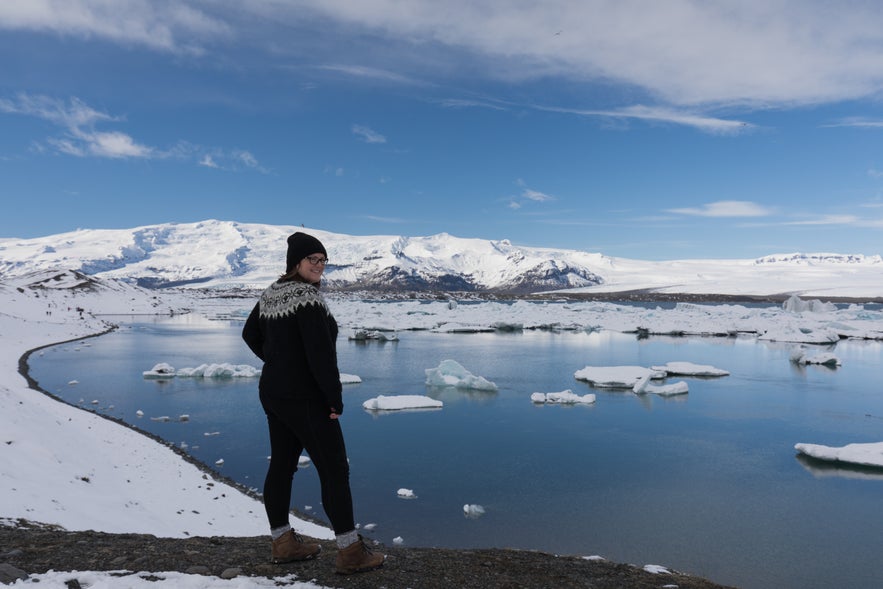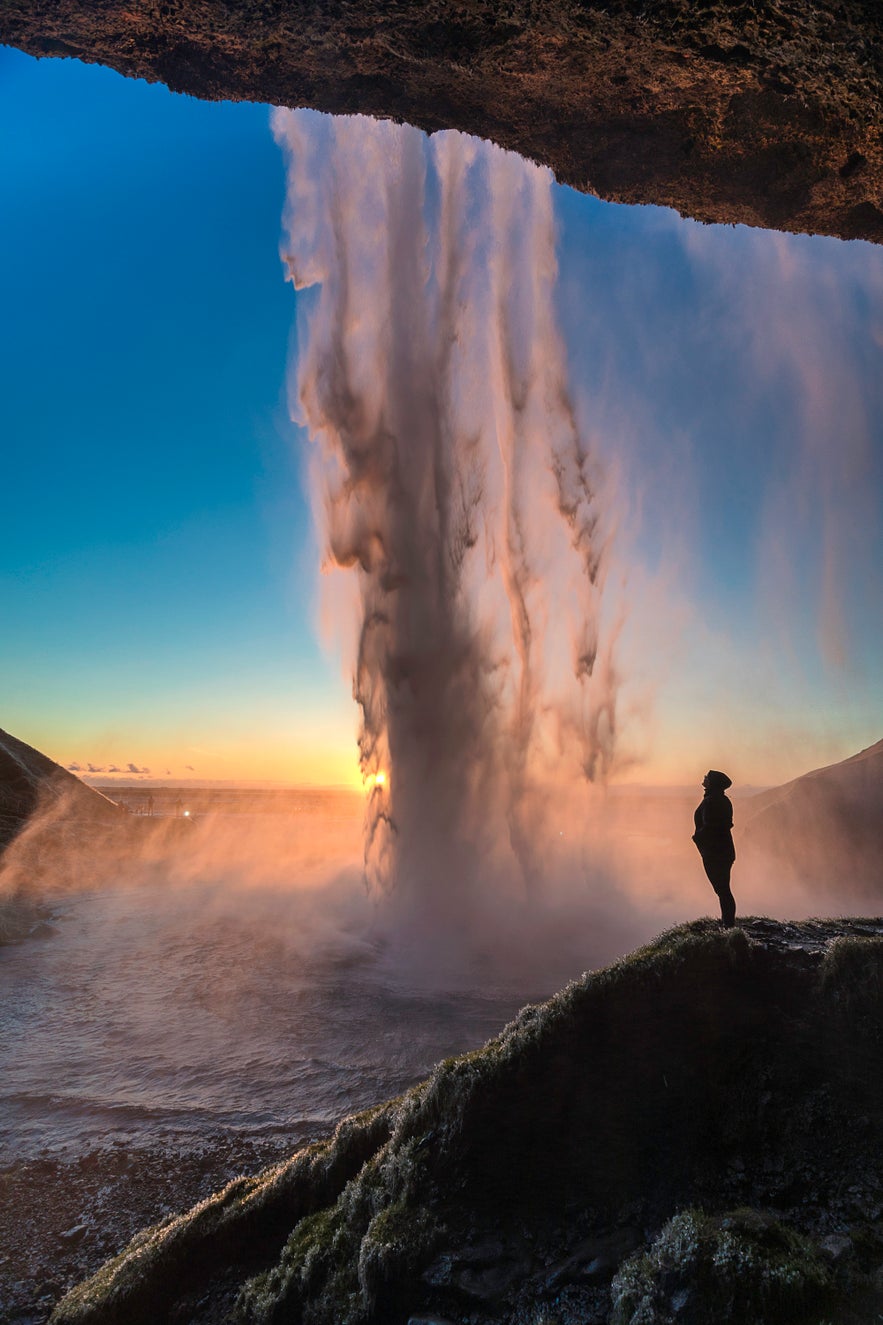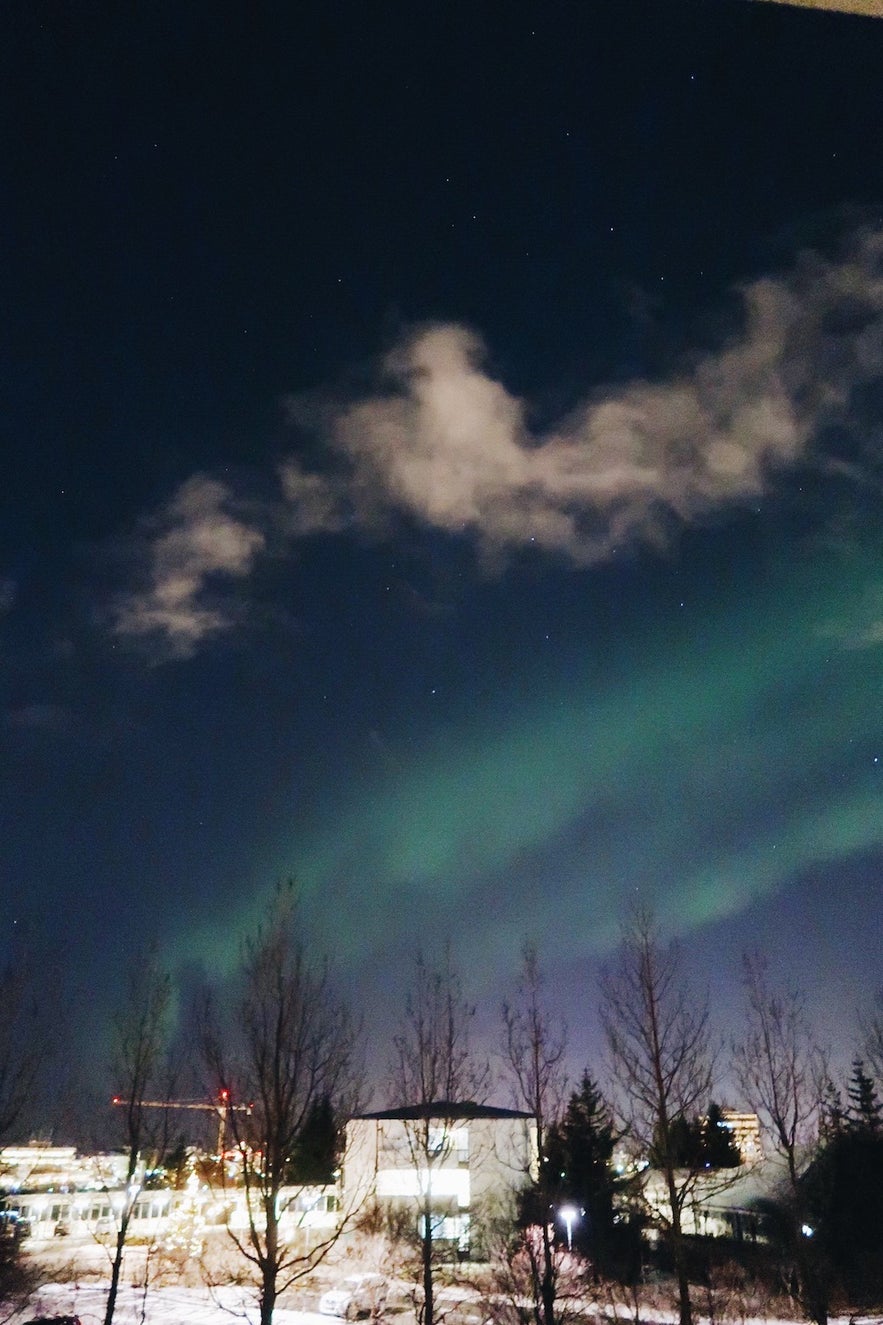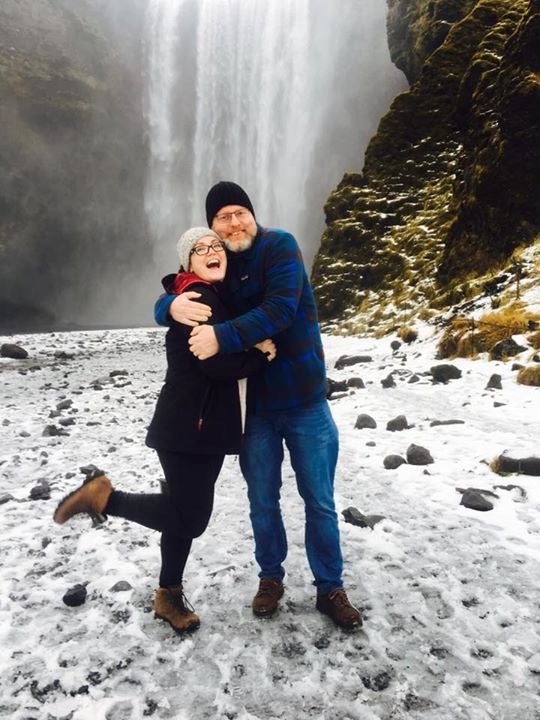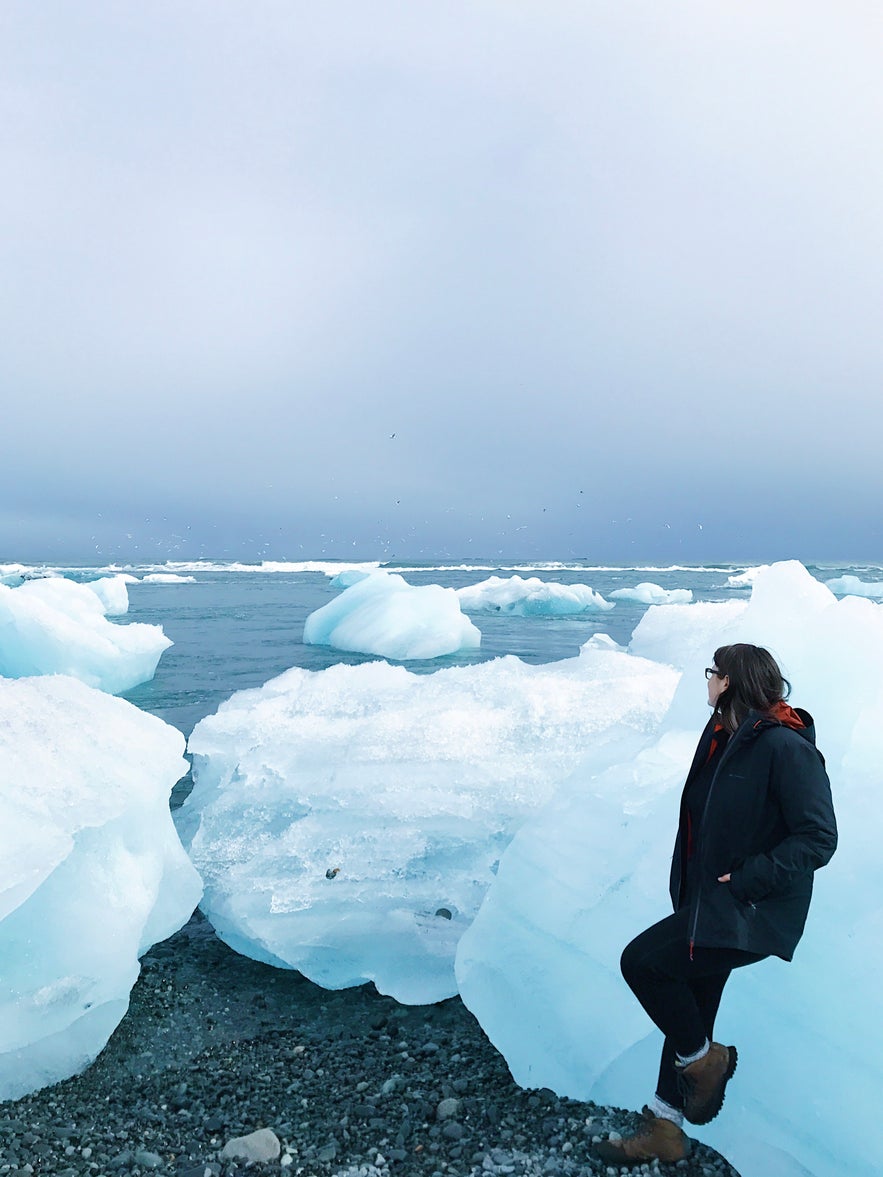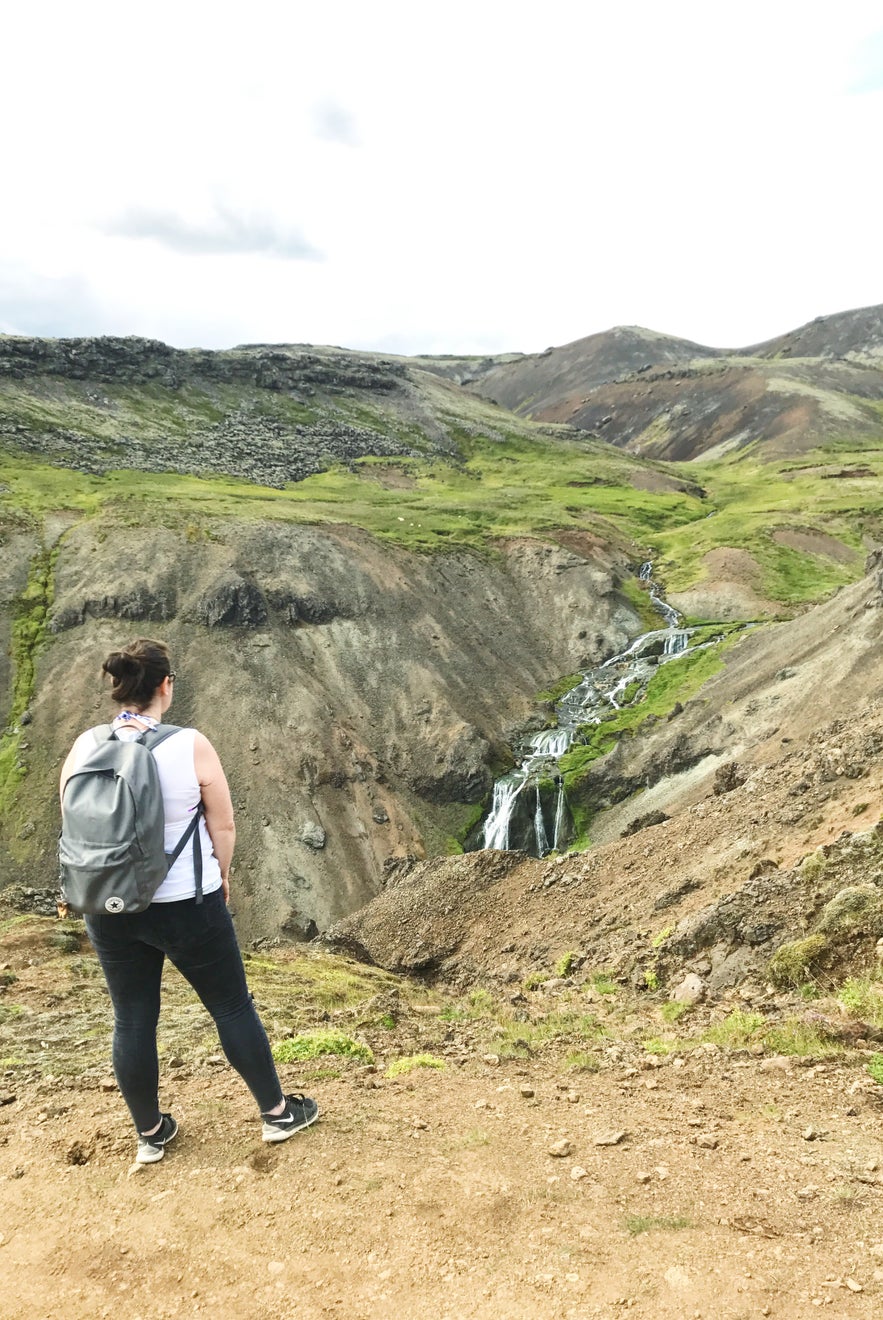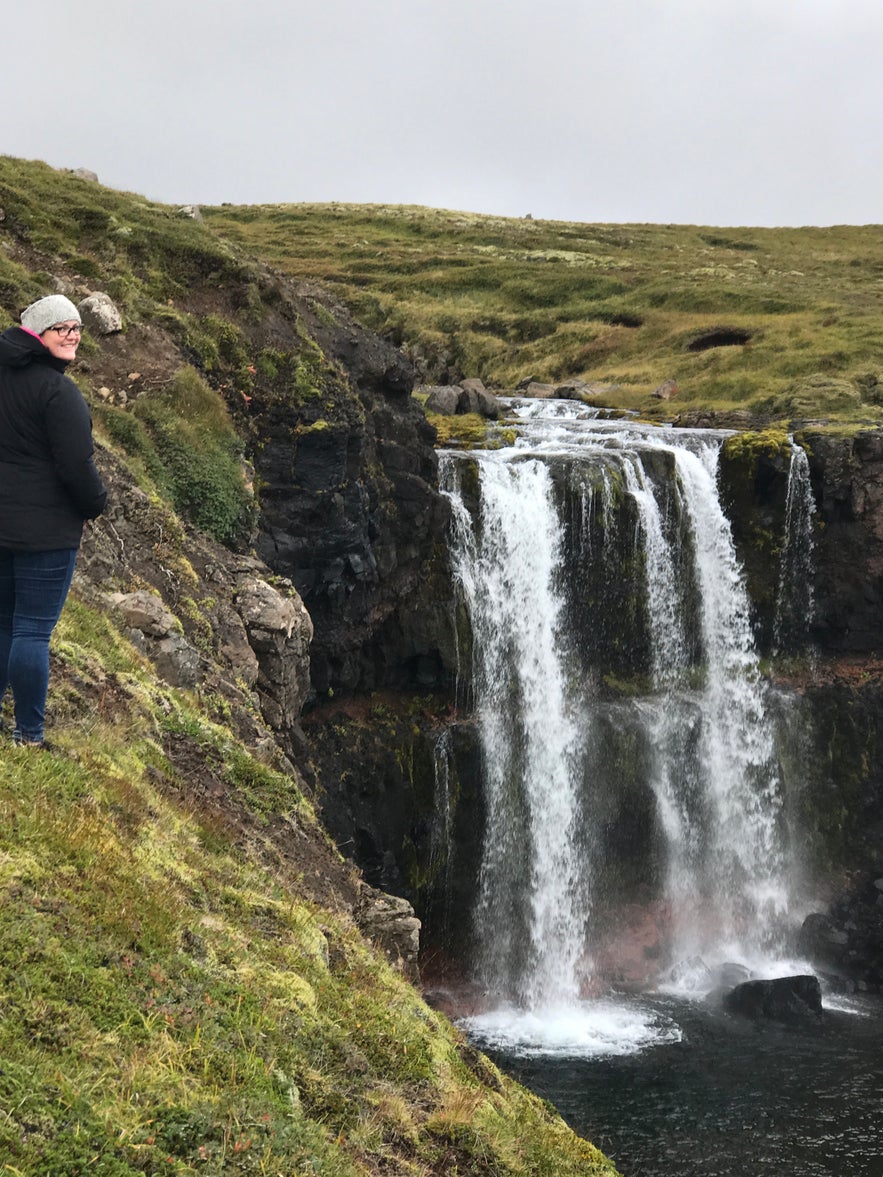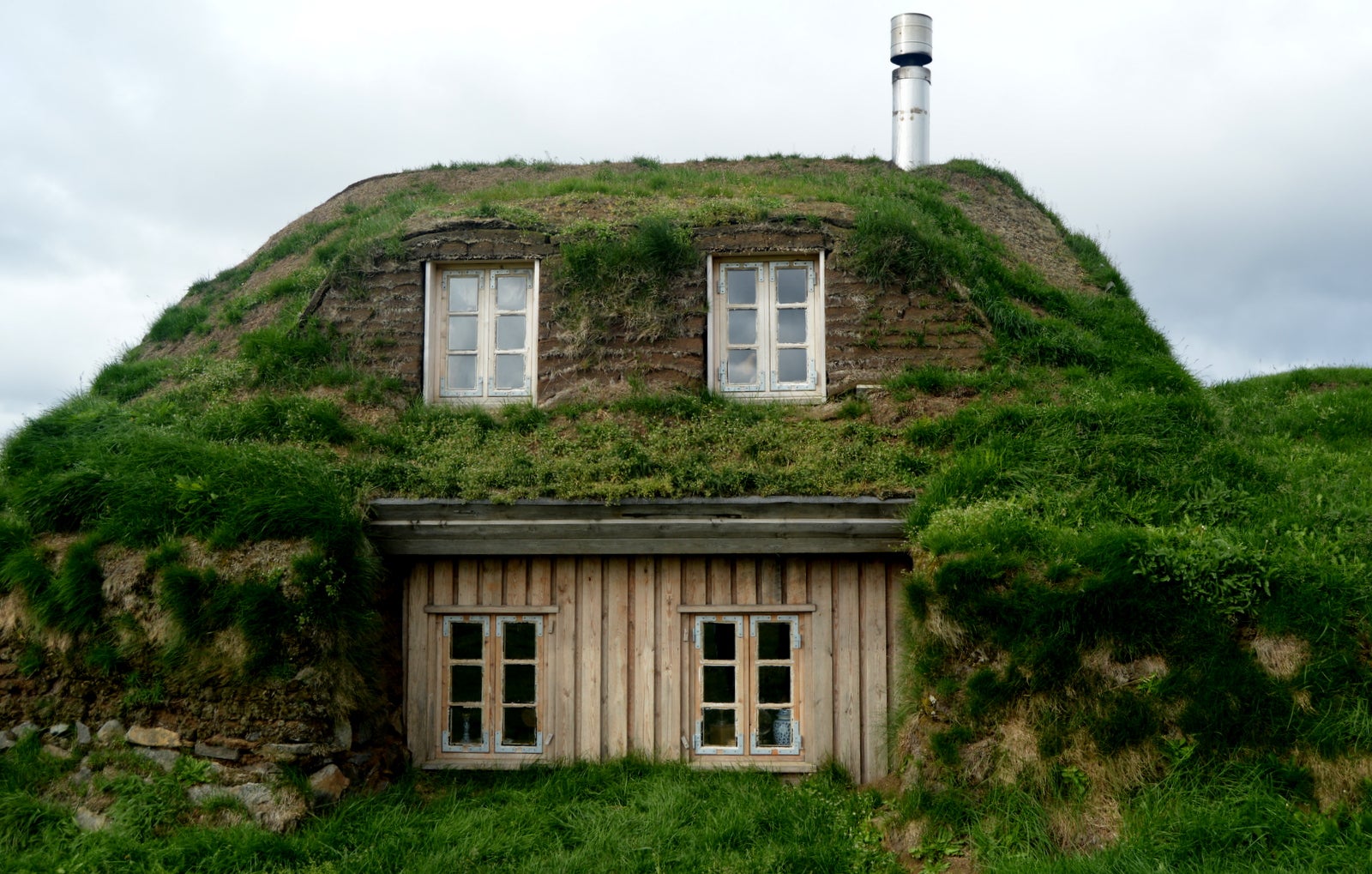You can travel to Iceland all year round as there really isn’t a high season anymore, but one of the main questions you might be asking is when is best to visit Iceland, Summer or Winter?
Weather is a big factor in planning your trip to Iceland. The weather here is incredibly unpredictable and it is commonly said “if you don’t like the weather, wait 5 minutes”. You can often experience both summer and winter in one day, and in any season, so it’s advised to expect the worst and hope for the best. Many travellers come to Iceland in summer as they feel winter will be too challenging but winter is slowly becoming as popular so which is better?
It’s a hard question to answer as both seasons have a lot to offer. A snowy, windy and very much magical winter in Iceland (October - April) is so different from the soft green, mossy landscapes of summer (June - August). So instead of recommending one, here are a few highlights for each season to help can decide.
WINTER
A Winter Wonderland
This otherworldly landscape is covered by a white blanket of snow with stark contrasting black lava peaking through. The city is cover with fairy lights twinkling away for months and adding to the magical air of this northern capitol we call home.
Weather
If you are totally put off by the thought of holidaying in the cold then perhaps an Icelandic winter just sounds too cold and miserable for you. But the truth is, Iceland is a small island and so doesn’t get very cold. The average winter temperature is 0’c, so relatively mild. However you might find the wind not as welcoming.
Avoid the crowds
It seems like everyone has Iceland on their bucket lists these days, and with so many people visiting, it can get a little crowded. To avoid standing side by side a coach load of people as geysir erupts, plan your visit in winter. You’ll also find the roads a little less busy with other adventurers and so sites are less crowded and there for you to enjoy, almost alone.
The perfect “golden hour” lighting
Our winter days are short with sun rising at around 10:45am and setting at 16:00pm. The sunsets are stunning with pink, yellow and orange glowing wisps across the afternoon sky. The sun never fully rises here in Iceland through winter and we live with only 4 hours of daylight somedays. The light, though sparse, is beautiful for photography as the sun is low on the horizon so it looks similar to a day-long sunset. The benefit of this is perfect lighting for all those video clips, pictures and posts for your instagram feed. So get up, wrap up warm, get out and go explore as you have limited but magical daylight.
Northern Lights, Aurora Borealis
We are guessing that the Northern Lights are probably high on your bucket list. As they can only be seen in the winter months you will want to plan for this. It’s difficult to know what they will appear so it is a lot about luck, but if you have a clear sky and can see the stars, then you have a good chance. Watch the Aurora forecast and head out of the city, away from artificial lighting so get the best clear sky. The Northern Lights typically spread across the sky so it doesn’t matter where you are to see them. To take a good picture you will need a camera on a tripod or something to help keep it still when you set your camera to take a long exposure photo. You wont get one with your smartphone so download an app to help it. For the best time to see the northern lights, book your trip between November-March.
This natural phenomenon can only be seen in winter, when it is dark and the sky is clear. Make sure to check the Aurora forecast for activity levels. The map shows cloud coverage as the green areas so you ideally want to head for those white ears on the map. There is a scale of activity showing 0-9 with the most common activity being 3-4, though I have seen some amazing activity when the scale was reading only 2.
An Icelandic Christmas
Reykjavik, the most northern capitol city in the world, is a beautiful little Scandinavian city with a population of only 217,000 people and it truly comes alive at Christmas. With annual festive shops, a Christmas market, ice skating rink, and a post box to Santa himself, Christmas in Iceland is a very special. After all there isn’t just one Santa in Iceland, there’s 13 Santas (known as the Yule Lads), each with a different job and they know how to celebrate Christmas.
New Year
A new years celebrated in Iceland means Fireworks galore!! The dark days and long nights are illuminated by explosions city-wide, and on the 31st itself the city goes mad with a huge display. Either make your way down to the harbour to see the bay eliminated or up to Hallgrimskirkja to join the locals in the festivities.
If you are a fan then book a few days as the celebrations continue well into the new year. The proceeds from the sale of these fireworks goes towards supporting the Icelandic Search and Rescue teams.
Let it snow
Can you imagine all those magnificent waterfalls but with a blanket of snow around them, their spray freezing on surround rocks and blades of grass. It’s truly a site to see. Frozen waterfalls are just stunning but be careful as they can be very slippery and dangerous. If there is a ‘no access’ sign, please respect this as it’s there for your own protection. I particularly love the sunsets in winter, well in summer too but the sky is just that bit more dramatic here in Iceland. You will probably see some of the most incredible sites set with a wonderful wintery backdrop. The pink sky reflects onto the snow and jack frost has frozen everything in sight so it glistens with that icy, fresh, wintery beauty. The snow also reflects the little light we get and everything get an extra bit of magic dusting when there’s a fresh fall of white stuff.
Braving the colder temperatures is well worth it, so get some wooly socks and thermals, wrap up warm and be prepared to step into a winter wonderland. And if you have the Northern Lights on that bucket list, then be ready for something truly breathtaking.
Things To Do
There is plenty to see and do in Iceland and popular winter activities include glaciers hikes, skiing, snow mobile trips, dog sleigh rides, ice fishing and ice cave exploring. Due to weather, winter is when the caves are the most accessible though some are open all years round.
Driving in Winter
Driving in winter can be a little tricky, especially if you are not used to wintery conditions but all hire cars have winter tires to aid in driving on snow and ice. Snow storms are very common in winter and so your journey may be interrupted, prepare for this and check http://www.road.is/ Vegagerdin for road closures before you travel. The weather can effect airline travel too with some flights being delays or cancelled so keep an eye on your flight prior to travel.
SUMMER
The Midnight Sun
Preferred by the locals, summer provides mild weather and the famous long summer nights and midnight sun. The sun typically rising at 03:20am and sets around 23:30pm so you will have more light for longer adventures. This can be fun but be warned, the endless daylight can feel like it is merging the days into one as getting enough sleep can be pretty challenging. Come prepared with a good eye mask, try to take rests when driving and be aware of the time.
Obviously the lack of darkness means you won’t see the Northern Lights so make sure you plan your trip for the right months.
Longer Day, More Time To Play
More daylight means more time to play which can only be a good thing!! Soak in those hot pools with a glass of something refreshing, enjoy the landscape and glowing skies.
Most sites are generally more accessible so you can walk right up to, and sometimes behind, the waterfalls. There are some hiking trails which can be accessed all year round but you will have more to choose from in the summer months.
Budget Considerations and Safety
If you are travelling on a budget then summer might be more for you. Camping is easier and certainly more pleasant, and hitch hiking is much more common. Iceland is one of, if not the safest country in the world and so hitch hiking is very common. Solo travels find Iceland a great option and it is a country welcoming to gender equality so fear not solo females travels, Iceland is a great place for your next adventure.
Moss and Lava
The icy blanket of winter melts away to reveal a green and luscious, mossy blanket over the stark, dark lava fields. Road, lined with purple lupin, become easier to drive and are generally more accessible. Some of the highland roads are opened, but be aware that it is never advised to drive off-road in Iceland. The northern part of the island is much more accessible so it is road trip time.
Wildlife
Though Iceland isn’t know as a wildlife destination, you can see many birds like geese and swans, although the Atlantic Puffins are most commonly seen in the summer. A drive out into the countryside and you will soon see the famous Icelandic horses, and if you are very lucky you might also spot an arctic fox. You can take a whale watching tour pretty much all year round.
So, when is the best time to visit Iceland? Summer is much warmer and brighter but I just love Iceland in the winter. Both are equally beautiful so in my opinion, if you are lucky enough to travel here more than once, do both.


